How Can We Create Credibility For Informal Learning?
The problem we are all trying to address is that informal learning–sometimes called ‘play’–doesn’t count for anything, and it should.
The problem we are all trying to address is that informal learning–sometimes called ‘play’–doesn’t count for anything, and it should.
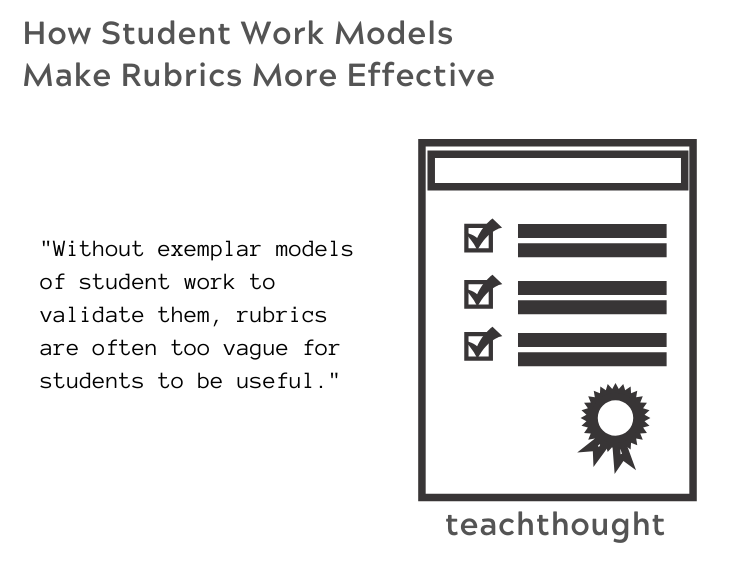
Without models of student work to validate and ground them, rubrics are often too vague for students to be useful.
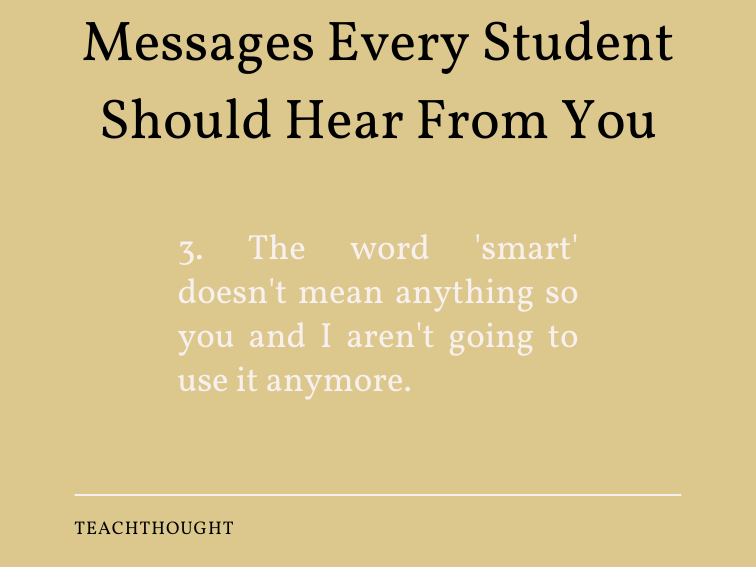
One message every student should hear from you: “The word ‘smart’ doesn’t mean anything so you and I aren’t going to use it anymore.”
Image or picture thinking is the innate process dyslexic thinkers use. Our educational system is just beginning to understand how to best respond.
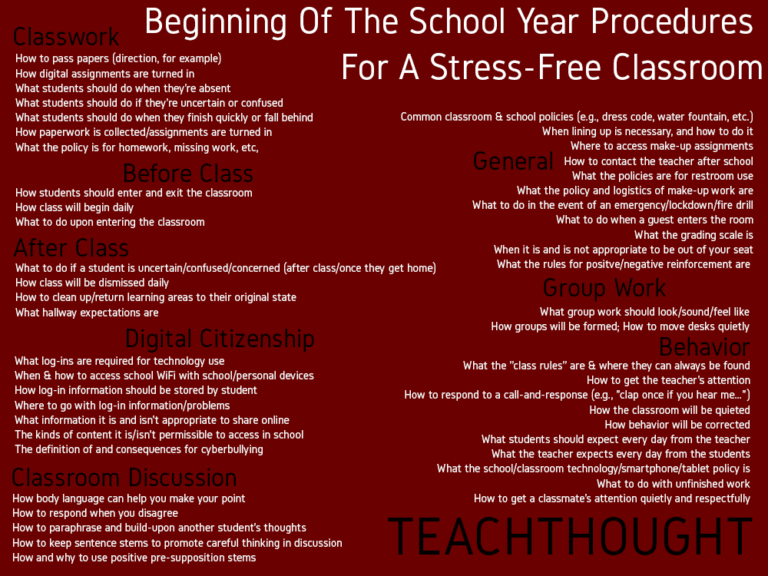
From how digital assignments are turned in to what students should do if they’re confused, here are 50 common classroom procedures.
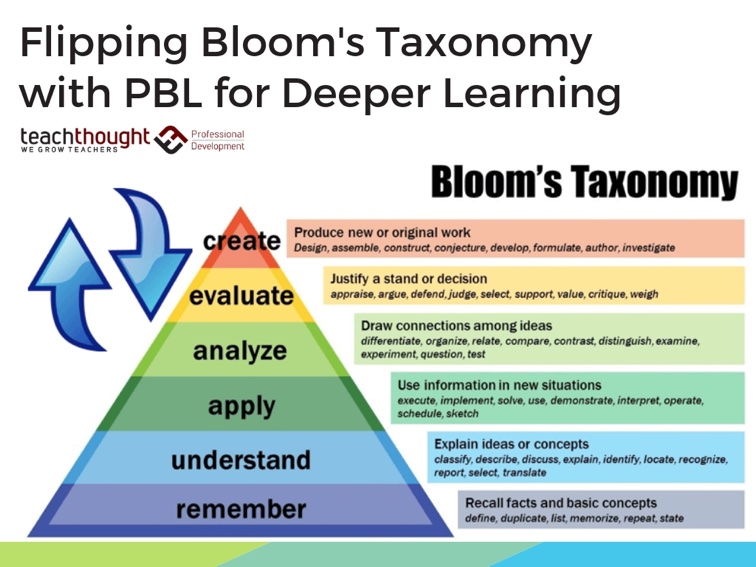
A central feature of high quality PBL is the pedagogical relationship between the Driving Question and the “Need to Knows” that stem from it.
Build relationships with parents at the beginning of the school year. This helps develop trust and opens the lines of communication.
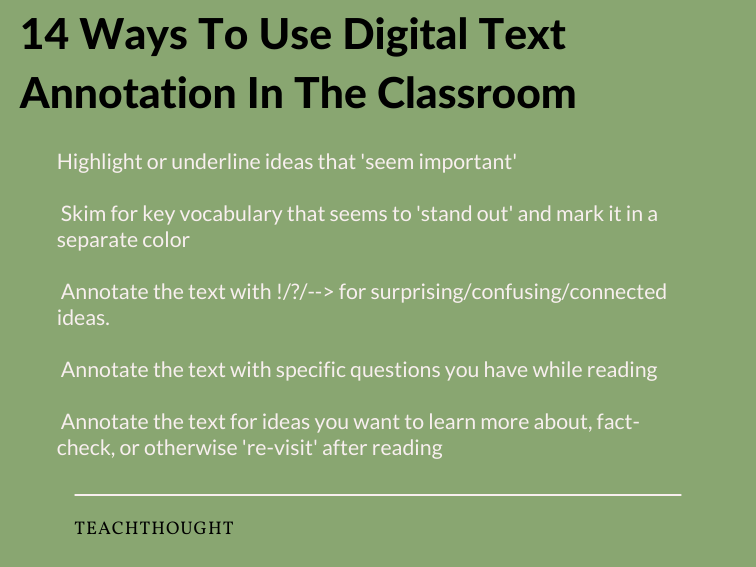
Skim for key vocabulary that seems important, is confusing, or otherwise ‘stands out’ and mark it in a separate color.
Is My School Ready? Strategies For Principals That Lead contributed by Jen Schwanke, Principal for Dublin City Schools For a principal, the a new school year brings anticipation, excitement—and—let’s admit it—an underlying feeling of trepidation. I always look forward to this time of year, but with it comes the telltale butterflies in the stomach each…
Digital tools are versatile and serve many purposes. It just takes creativity, curiosity, and a little bit of a risk in trying something new.

One idea is each academic group comes to the teacher in groups of four to six students for direct instruction.
The better we know our students, and the more they know and trust that we know them, the more invested they become in their learning.